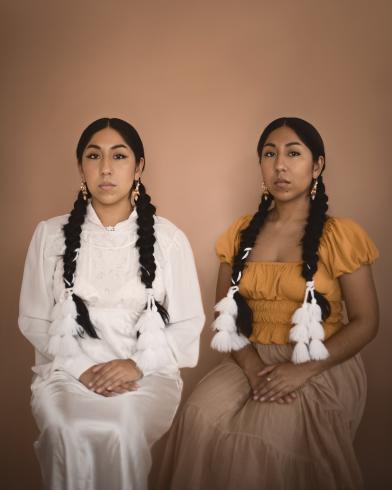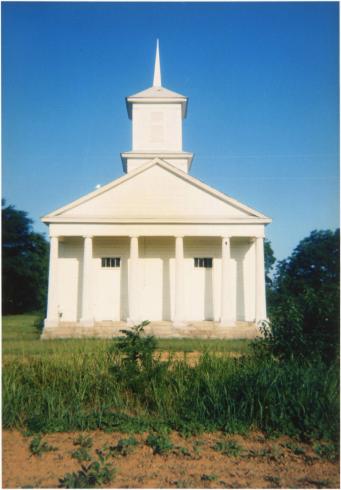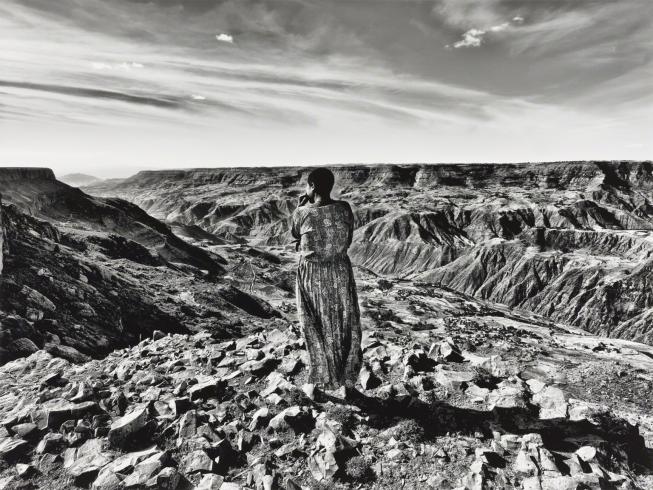Exploring Identity Through Photography

Part 1: Exploring Identity
Introduce
- Ask students how they would define “identity.” Jot student responses on chart paper.
- Ask students if identity can change over time. Have them explain their answers.
- Based on student responses, summarize that identity is the combination of characteristics, traits, beliefs, and values that make you who you are. It includes how you see yourself and how others see you. Your identity is shaped by many factors such as your personality, culture, interest, relationships and experiences. Your identity is constantly developing as you meet new people, have new experiences, and learn new things.
- Distribute Exploring My Identity to each student. Explain to students that they will have an opportunity to reflect on their own identities. Tell them to take their time and reflect on themselves before answering the questions; they will use this information later on in the lesson.
Part 2: Understanding Identity Through Photographs
Teacher Note: Prepare a piece of chart paper divided into three columns: See, Think, Wonder. At the beginning of Part 2, you will model how to analyze photographs. Have students first jot down their ideas on the Analyzing Photographs worksheet. As students share their ideas, summarize responses on the chart paper.
- Now that students have spent some time exploring their own identities, they will study some photographs to understand how photographs can provide insights into the identity of the photographer as well as the identities of the subjects.
- Project Las Gringas by Carol Antezana on slide 2 of the Image Set for Exploring Identity Through Photography.
- Ask students the following questions. After each question and before moving on to the next question, have students jot down their responses on the Analyzing Photographs worksheet.
- After a few minutes, allow students to share what they wrote and jot down their responses on the whole class chart paper.
- What do you see in the photograph? Stick with only the things you actually see. What do you think about what you see in the photograph? What do you think is happening? What do you think this photograph means?
- What do you wonder about what you see in the photograph? What questions emerge for you? What would you like to learn more about?
- Explain to students that photographs can also be a way for us to learn more about others as well as ourselves. Ask students:
- What does a mirror do?
- What can you do with a window?
- How might we use these terms to think about photographs?
- As a whole class, study the same photograph, Las Gringas. Ask students the following questions. After each question and before moving on to the next question, have students jot down their responses on the. After a few minutes, allow students to share out.
- What parts of this photo provide a window to new information, experiences, or perspectives for you?
- What parts of this photo mirror your own identity or life experiences? What resonates with you and why?
- How do you feel when you look at this photograph? What in the photograph contributes to those feelings/emotions? Why do you think the artist created this work? In your opinion, what message was the artist trying to convey?
Deep Dive Into Photography
- In groups of 3-4, have students work together to analyze the remaining four photographs on the Analyzing Photographs worksheet. As they’re working together, students should:
- Compare their responses
- Consider the ways in which their own identities play a role in how they interpret the photograph
- Think about the ways the photograph relates to the corresponding topic (Relationships, Home/Neighborhood, Groups/Organizations, Larger World)
- Share information about the artists from Image Set for Exploring Identity Through Photography. As a whole class, discuss:
- How have your thoughts about the photograph changed now that you know something about the artist?
- How is the identity of the artist reflected or not reflected in the photographs?
Part 3: Artmaking
- Explain to students that they will now have the opportunity to take on the role of photographer and create a photo journal.
- Share the Plan and Create a Photo Journal guidelines.
- After you review the guidelines with students, have them start planning for the photo journal with the Photograph Planner.
- Teacher Note: Depending on the resources you and your students have access to and the amount of time you want to spend on this project, the photographic process and final product may differ. Students might take all of the photos at school using props and poses, or you might have them take photos around their neighborhood outside of class time. Some options for the final product to consider are:
- Gallery Walk: Each student submits five photos, one for each topic. Print out the photos to then be displayed in a public setting, such as the classroom, for others to view.
- Hard Copy Photo Journal: Each student submits five photos or more (at least one for each topic). Photos are printed and then students can put them in a booklet, journal, or notebook. Each photograph and the pages of the notebook can be enhanced with additional artwork, words, or other materials.
- Digital Photo Journal: Students can create a digital photo journal using applications such as Canva, Google Slides, or another tool. Because they’re using a digital app, they can add words or other images to enhance the photograph.
- Teacher Note: Depending on the resources you and your students have access to and the amount of time you want to spend on this project, the photographic process and final product may differ. Students might take all of the photos at school using props and poses, or you might have them take photos around their neighborhood outside of class time. Some options for the final product to consider are:
- Provide students with an opportunity to share their final photo journals broadly. Talk with students about how to give kind, respectful, and constructive feedback. You can encourage them to give their feedback with these sentence starters:
- I noticed…
- I thought…
- I wondered…
- I learned…
- I felt…
- I saw part of my identity mirrored in your work through…
- Your work provided me with a window into…
- I admired how you…
Additional Context
Lesson Context
Photographs can be powerful tools for telling stories and chronicling events. Photographers capture images that can help shape our understanding of culture, history, and identity. While based in reality, photographs may also be manipulated and are open to interpretation.
Key Terms
Culture: A way of living that is passed down through generations–including food, religion, language, family and gender roles, beliefs, etc.
Curation: The process of carefully selecting, organizing, and presenting artworks.
Identity: The combination of characteristics, traits, beliefs, and values that make you who you are. It includes how you see yourself and how others see you. Your identity is shaped by many factors such as your personality, culture, interest, relationships and experiences. Your identity is constantly developing as you meet new people, have new experiences, and learn new things.
Mood: A feeling created by the artist through their artwork. Mood is often a more general feeling after looking at or studying something for a long time. Emotions are typically temporary. For example, when you first look at a painting, you may feel several emotions—excitement, joy, or happiness. But the longer you study the painting those emotions will fade and a general mood will emerge, such as hope or light-heartedness.
Photo Journal: A visual diary or record that uses photographs, often accompanied by text, to document and narrate experiences, events, or periods of time. It is a way to capture moments, emotions, and stories through images, offering a personal and creative way to preserve memories or convey a narrative.
Self-Portrait: A work of art that an artist creates of themselves. It can be a painting, drawing, photograph, or another medium.




